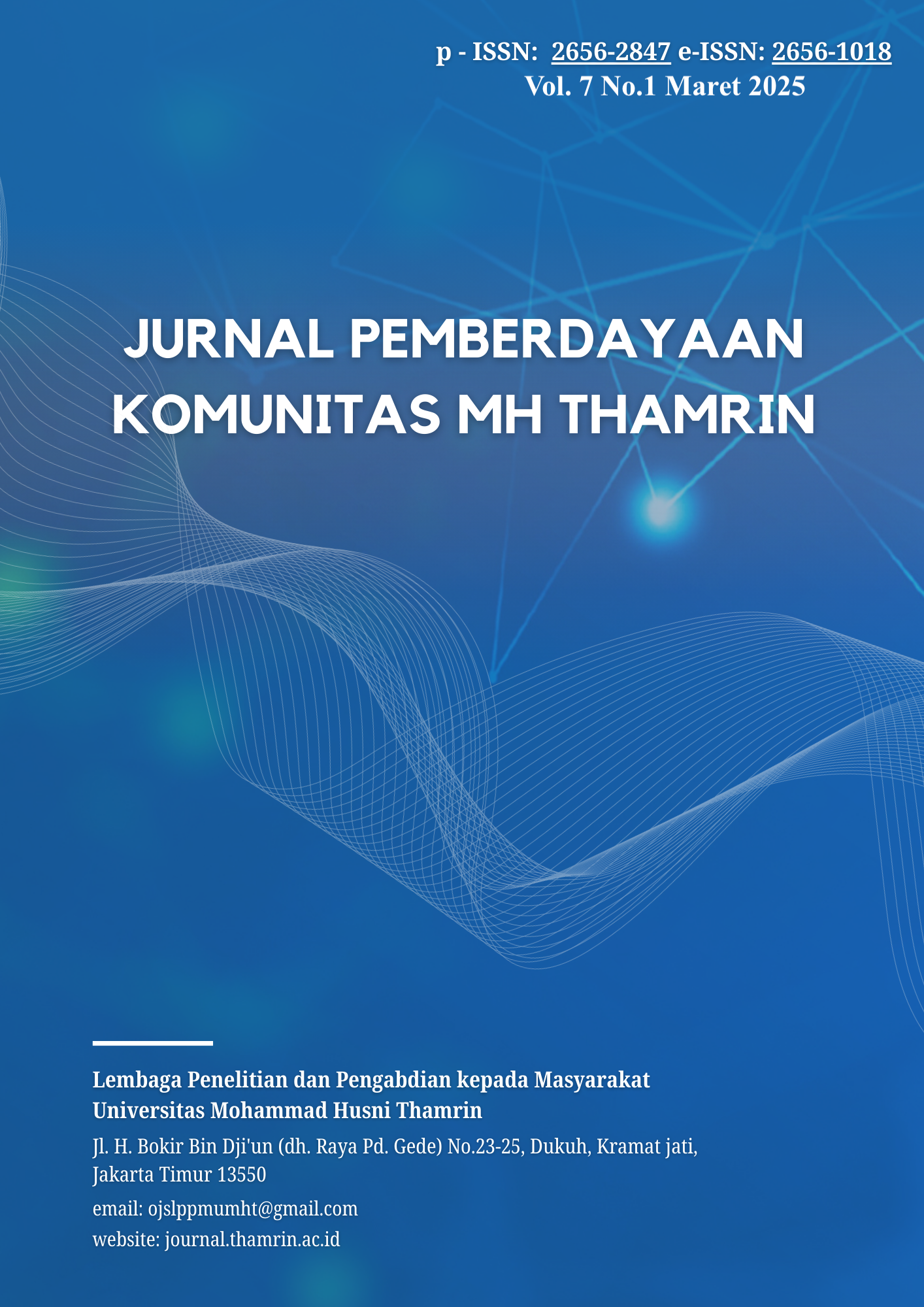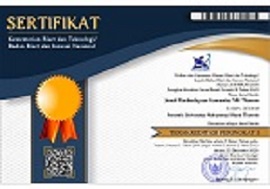Optimization of UKS Program for Early Detection of Micronutrient Problems among Adolescents
DOI:
https://doi.org/10.37012/jpkmht.v7i1.2657Abstract
Micronutrient problems, especially iron deficiency, are still a significant health challenge in Indonesia, especially among adolescent girls. Iron Deficiency Anemia (IDA) is one form of micronutrient problem that commonly occurs, especially in adolescent girls. Iron deficiency can have wide-ranging impacts, ranging from decreased learning ability and cognitive development at school age to decreased work productivity and quality of human resources in the long term. Adolescent girls are a high-risk group because they are in the pre-conception phase. Early detection of IDA is very important to prevent more severe impacts in the future. School Health Efforts (UKS) should be able to be the vanguard in promotive and preventive efforts against nutritional problems among students. However, the UKS at SMA Negeri 2 Slawi has not functioned optimally due to limited facilities and lack of competence of managers and implementing staff. This community service activity aims to improve the knowledge and skills of UKS managers, UKS cadres, and Guidance and Counseling (BK) teachers in conducting early detection of anemia and chronic energy deficiency (KEK). The intervention was carried out through counseling and training on simple health checks, including measuring blood pressure, hemoglobin levels using a digital Hb meter, and calculating Body Mass Index (BMI). The results of the activity showed a significant increase in participants' knowledge regarding early detection of anemia and KEK, as well as increased skills in conducting basic health checks independently in the school environment.
Downloads
Published
Issue
Section
Citation Check
License
Copyright (c) 2025 Okta Zenita Siti Fatimah, Rosa Susanti, Seventina Nurul Hidayah, Juhrotun Nisa

This work is licensed under a Creative Commons Attribution 4.0 International License.
Jurnal Pemberdayaan Komunitas MH Thamrin allows readers to read, download, copy, distribute, print, search, or link to the full texts of its articles and allow readers to use them for any other lawful purpose. The journal allows the author(s) to hold the copyright without restrictions. Finally, the journal allows the author(s) to retain publishing rights without restrictions Authors are allowed to archive their submitted article in an open access repository Authors are allowed to archive the final published article in an open access repository with an acknowledgment of its initial publication in this journal.

Lisensi Creative Commons Atribusi 4.0 Internasional.













